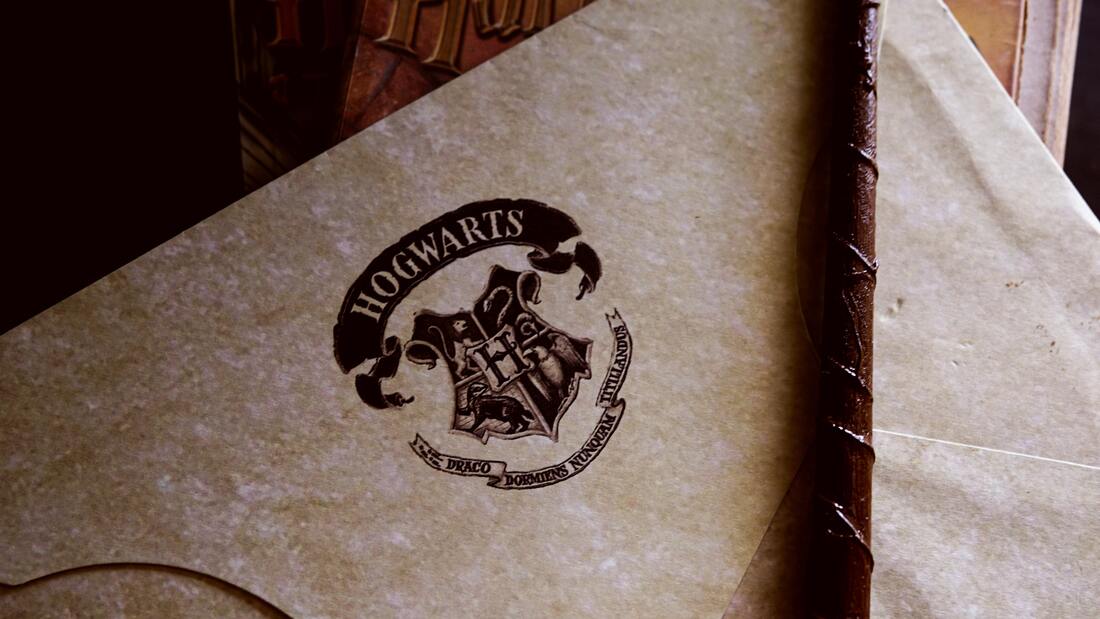|
If you’ve ever had trouble creating a character that’s ‘three-dimensional’, you are not alone. It’s a common issue among writers, and it generally takes some real thought and analysis before characters feel realistic. As a starting point, it may be worth taking personality traits from a few people you know and analysing them objectively, before combining them how you see fit to create a fictional character. For ‘fleshing out’ characters further, you may want to consider the following…
" It matters not what someone is born, but what they grow to be" -- JK Rowling – Harry Potter and the Goblet of Fire
0 Comments
Your comment will be posted after it is approved.
Leave a Reply. |
Archives
April 2024
Categories
All
|




 RSS Feed
RSS Feed

